OF PRIMARY IMPORTANCE IS PLANT HEALTH
No matter which method is chosen, it is crucial that the plants start out in good health – vibrant and full of vitality. This means placing them in an environment that is optimal for the growth of cannabis. You need to use the right sort of medium, pot size, and pay attention to such aspects as water Ph levels, lighting, essential nutrients, humidity and temperature.
For instance, both the original mother plant and the cuttings and clones which derived from it, must be healthy. Once all the aforementioned factors have been accounted for, you will have healthy plants to do with whatever you choose.
SOG
Sea of Green is a cannabis cultivation technique in which many small plants are located in close proximity to each other within each square metre of space. The big pro of growing using this particular technique, is that the plants will spend much less time in their vegetative state, but produce at least as many buds per volume. With SOG cultivation, the buds ripen earlier, and this can bring in an extra crop each year
SOG is usually performed using clones. This will ensure that all plants have the same properties
(growth rate, height, etc.) so that the SOG will result in an even canopy. It can also be grown from seed, but in this instance, it is crucial that seeds from the same strain are always used. Ideally, it is best to stay away from lanky and long sativa varieties. It is good make sure that all plants are kept at the same height under the growing lights, so as to ensure a good and even growth rate.
SCROG
Screen of Green is a crop training technique with the same goals as SOG - to increase yield per square metre at harvest. However, far fewer plants are grown here and larger pots are used to make it suitable for larger root zones of larger plants as well. The even light distribution on the literal green lattice can form many flowers of the same size from just a few plants.
SCROG & LST
Growers will frequently combine the ScrOG method alongside the low-stress training method (LST) - a technique that improves yields even further. ScrOG is actually just a more sophisticated method of LST – it simply utilises using a fixed mesh screen or lattice to hold up shoots, as opposed to having to manually tie them down.
LST is especially beneficial when growing plants indoors where there are spatial constraints. The penetration of artificial light is weak compared to the sun, and the light’s strength reduces with the inverse square of the distance of the crop. LST ensures that the per square metre yield is optimised by making the most efficient use of lighting. When used in conjunction with ScrOG, the maximum possible returns can be expected.
SOG vs SCROG
ScrOG: This includes a mesh with large openings through which the cannabis branches and leaves can be fed. It can also be made of anything from metal garden fencing, wide holed chicken wire, or even a plastic trellis; simple wire or cord affixed to a frame would equally suffice. The reason such a mesh or lattice is so convenient, is because it will continuously tuck new shoots into a flat sheet. With this, those lateral branches that would have been undeveloped
( and with likely not properly developed buds ) instead become healthy, strong branches that get a lot of light and produce dense flowers.
SOG: Those plants that have only a few lateral branches are encouraged to form into a single dominant cola. The plants are not in need of much attention and no training, so with regular, general care, can thrive. Unlike with larger plants, they require less time per week for training, yet one can expect similar results.
BEST USE OF MINIMAL SPACE
Both ScrOG and SOG and perfect options for producers with spatial constraints, as this method has minimum height requirements, and all square inches of floor space can be used efficiently. The need for a larger area of space is not required for a trained plant as an untrained one, and so either method can achieve the same high yield with much less growing space. SOG also produces larger individual buds and does not produce defective flowers due to a lack of necessary light.
Most of the time, the SOG technique will result in “apical dominance” ( a phenomenon where the main, central stem of the plant grows more strongly than other side stems ) to strengthen and expand the main core of flowers. The ScrOG method, on the other hand, inhibits apical dominance in order to encourage the formation of many clusters of a similar size.
VARIETY
The strain chosen will also plays a role in the how to most efficiently make use of space.
SOG: Varieties that tend towards developing minimal lateral branches and favouring a dominant central cola are most commonly used for this method. Indica and indica-dominant hybrids are characterised by this property. When the plants reach a certain height - usually 20 to 30 cm in height - the 12-12 change to the flowering cycle occurs. The plants will grow as an almost completely single cola, where the lateral branches are reduced to single buds. There are those who will actually start the whole cultivation process with 12-12, to ensure that only small plants will result.
ScrOG: This technique is well suited for varieties that sprout with multiple bud sites. Sativa or sativa-dominant types which have a large number of nodes innately have the above characteristics. These are taller, well branched varieties, whose lower buds would fail to fully develop if left untrained, will receive light to all buds, encouraging more significant bud development. It is not 100% necessary to cultivate sativas in this fashion, as indica varieties respond equally well.
HOW TO POT
The use of proper pots when using the SOG or ScrOG technique is extremely important to ensure plant health, as well as the best possible yield. General rule: never grow in pots with a smaller than 3-4 litre capacity. Read on for more details on which pots to use when using SOG and SCROG.
SOG: Remember to use 9 to 12 plants per m² if choosing this technique. For best results, you need ensure that these plants have enough soil to form a healthy root system that will prevent the plant from turning out of the pot as it grows.
Growing 9 to 12 plants per square metre limits the use of pots that have a diameter of 20 to 30 cm, which will usually have a capacity for around 7 to 11 litres. Using pots that are that size is okay, but it’s always important to bear in mind that you can only grow clones for around eight weeks without the roots outgrowing themselves and becoming stressed owing to their lack of available growing space. If wanting to grow taller plants, then it will be essential to purchase bigger pots.
Some growers will use SOG to grow around 25 plants per square metre. At the same time, they shorten the duration that their plants are in the vegetation phase, meaning that harvest time comes sooner. However, to facilitate such a significant plant density, the used of smaller, approx. 5 litre pots will be necessary.
SCROG: This method provides slightly more flexibility in terms of the number of actual plants that can be grown. If growing only one plant per square metre is desired, then a pot of no less than 20 litres is required. If the priority is reducing the length of time it takes to harvest, then grow four plants per square metre, and plant each individual one in a 10-litre pot.
There actually no distinct rule for using ScrOG to see how many plants can be grown per m². It is entirely dependent on what a growers’ requirements are, their budget and how much time they are willing to devote to each harvest. Remember: no matter what cultivation technique is used, it is always optimal to give plants the maximum amount of space possible to grow.
TRIMMING and TOPPING
SOG: In more robust or branched varieties, such as sativas or sativa-dominant hybrids - where the lateral branching can often take up too much space - removing their lower branches can result in a thicker, more developed main bud, and facilitate light to reach all parts of the plant. In addition, it promotes the healthy circulation of air around the entire plant, as well as on the top of the growth medium.
ScrOG: The upper shoots of the plants are removed at an early stage to help the side shoots to grow in different directions and fill the entire screen. Growth should only be encouraged above the screen or trellis, so the part of the plant below the grid is trimmed as it receives minimal light. In this way, air circulation is maximised under the screen, which ensures that the air flow reaches the entire plant and the surface of the growing medium.
In both cases, evaporation from both the leaf surface and the growing medium also plays an important role in plant health.
Both low-stress training methods have been shown to be highly effective for both home and commercial cannabis growers. Each of them has its advantages, and in both cases, it is possible to make the best use of the available growing space.

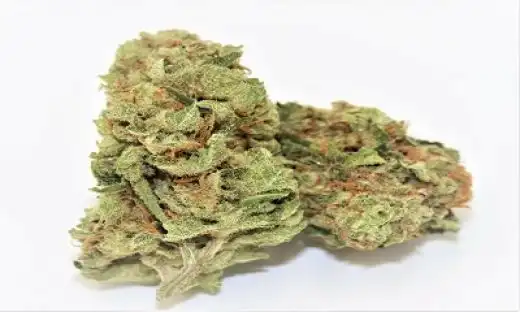

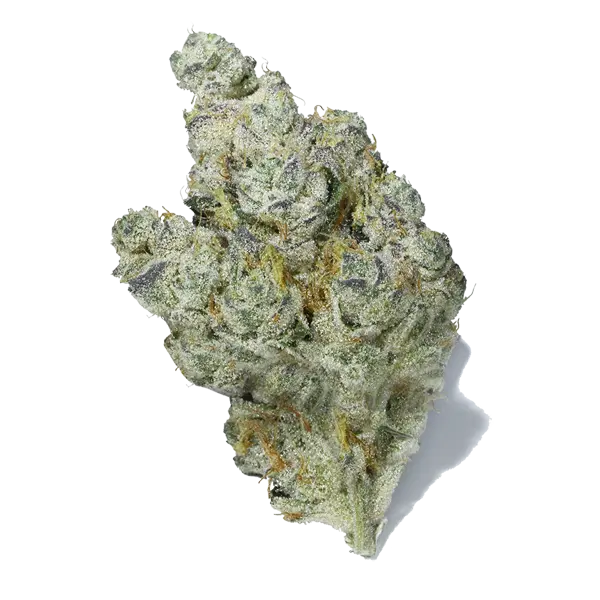
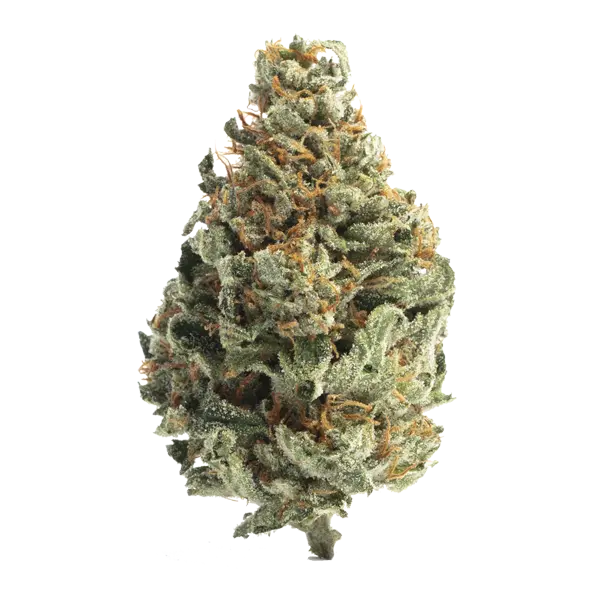
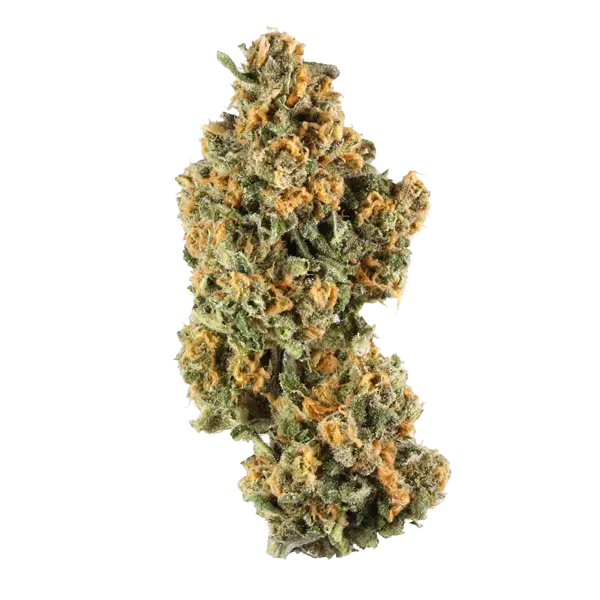
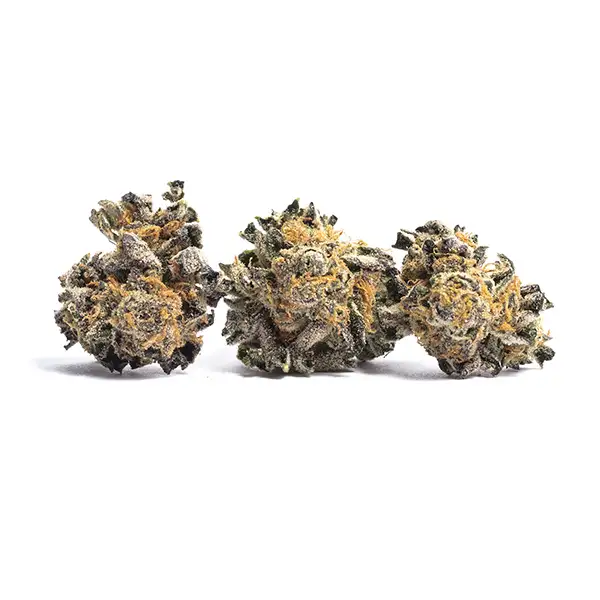
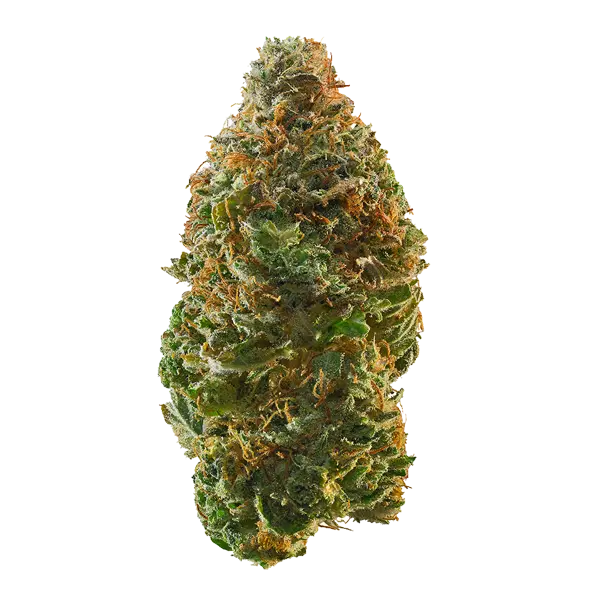
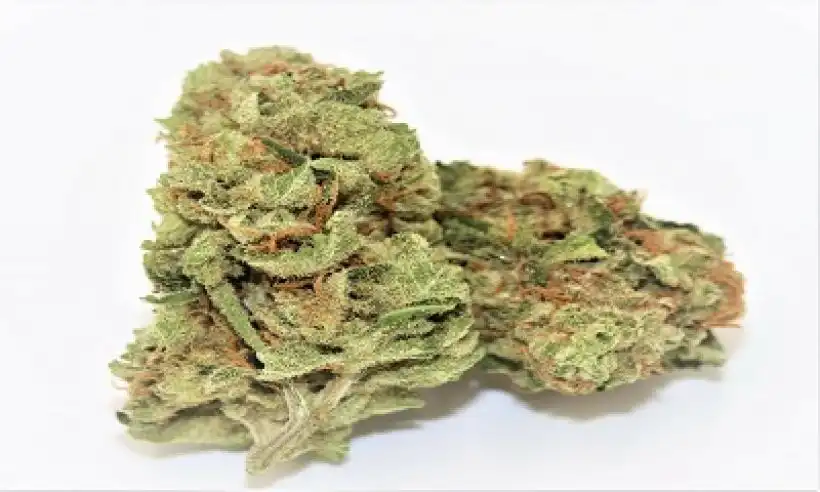
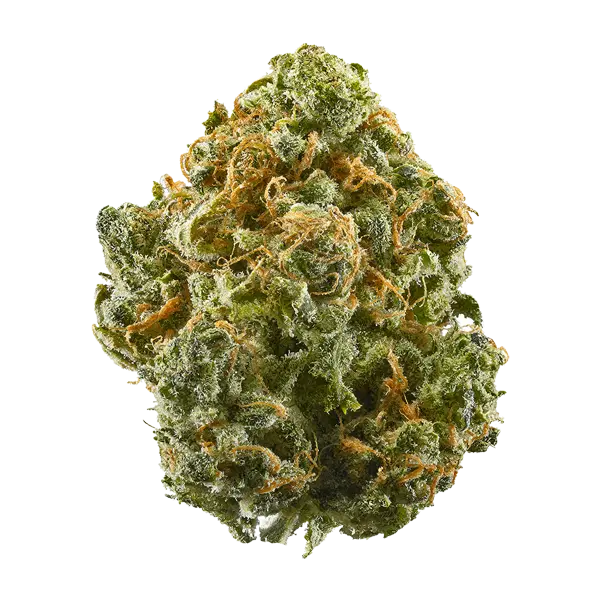
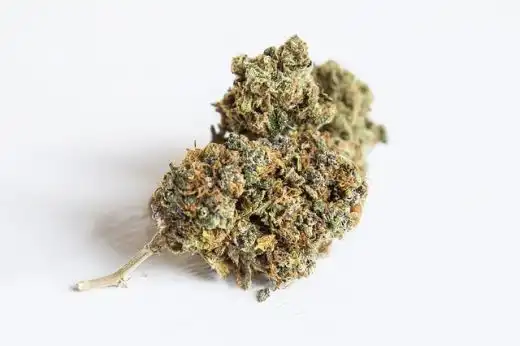
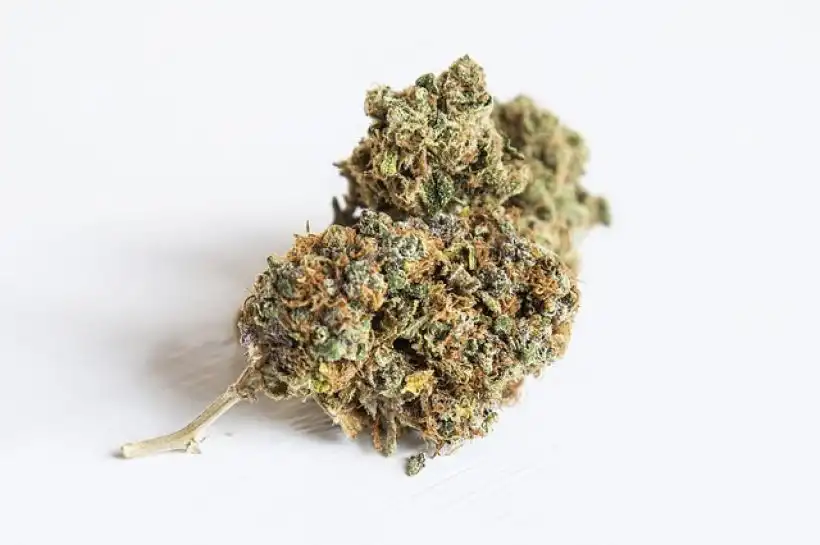
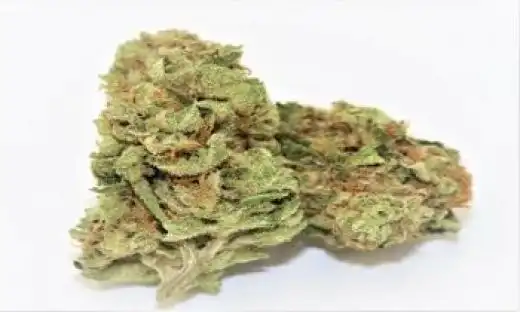
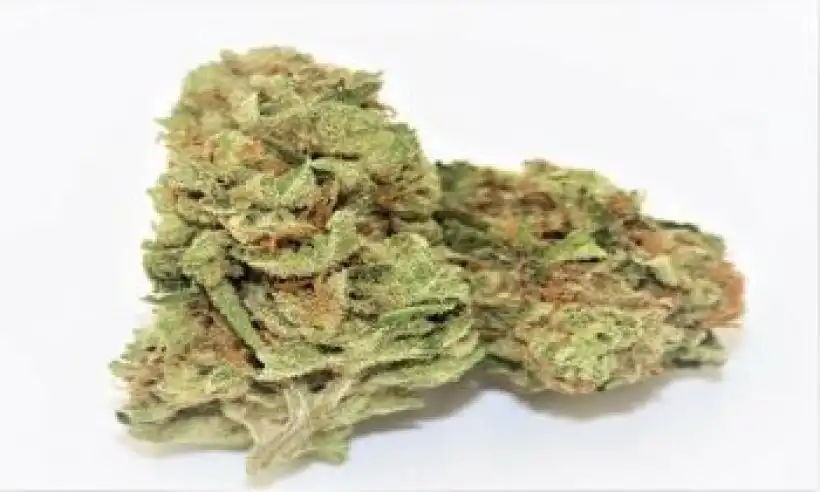
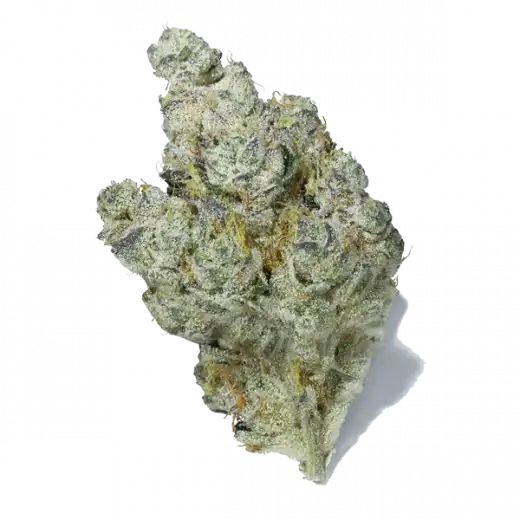

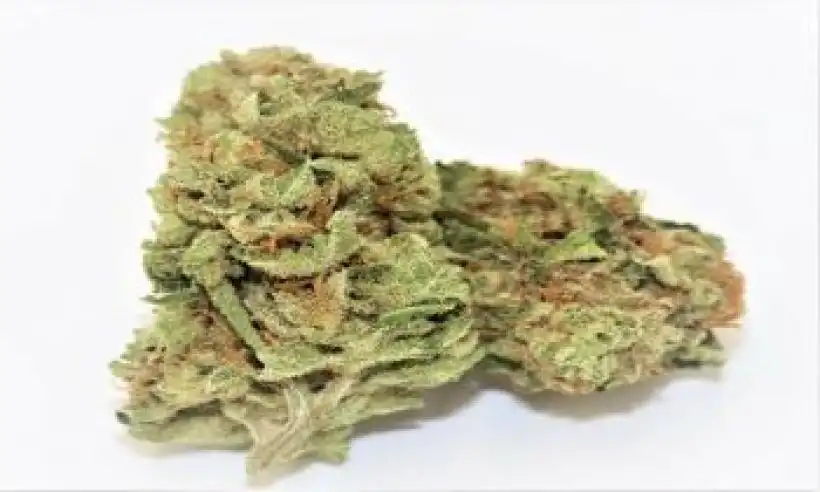
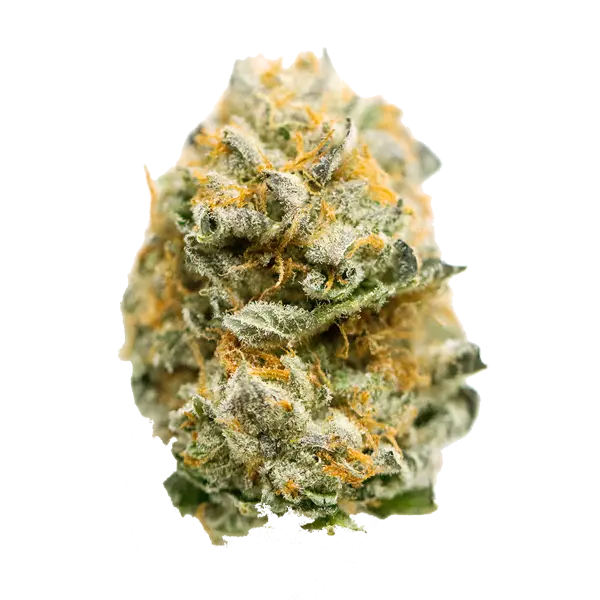
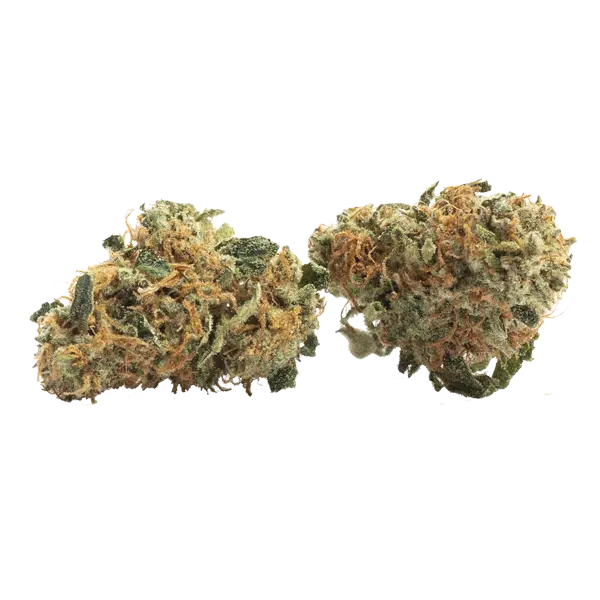
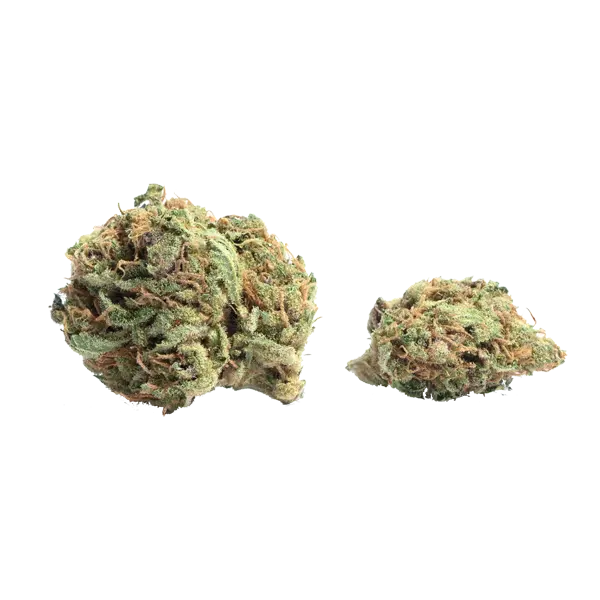
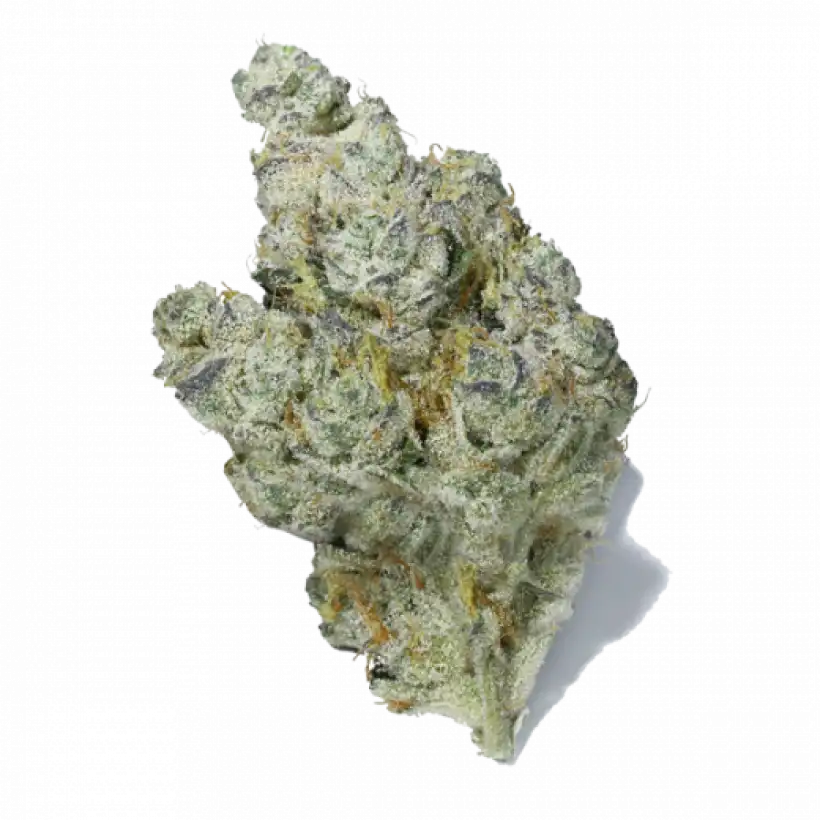
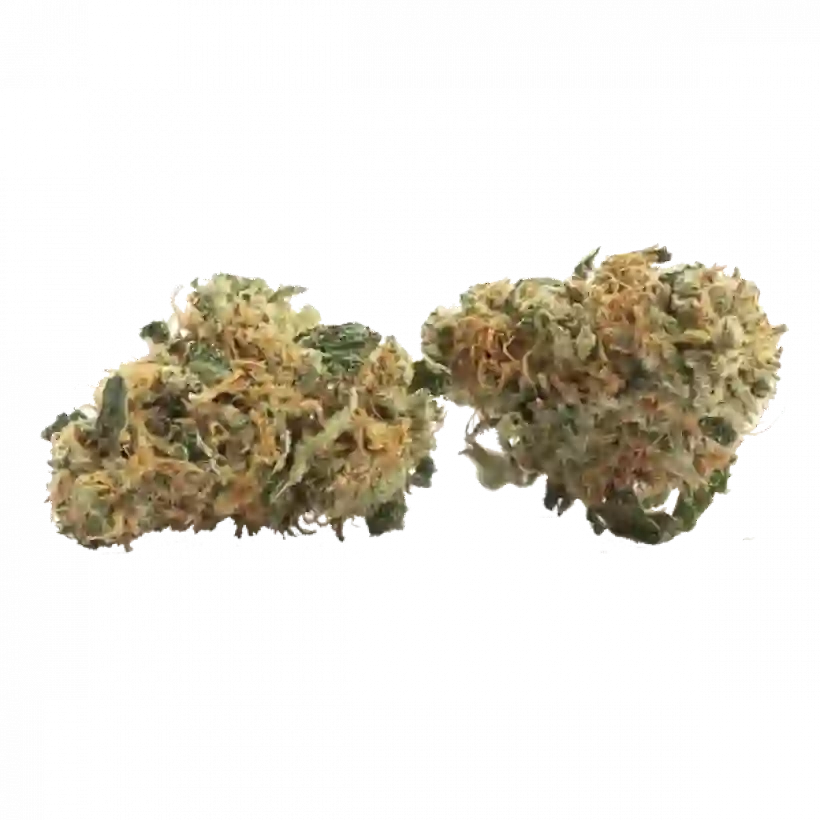
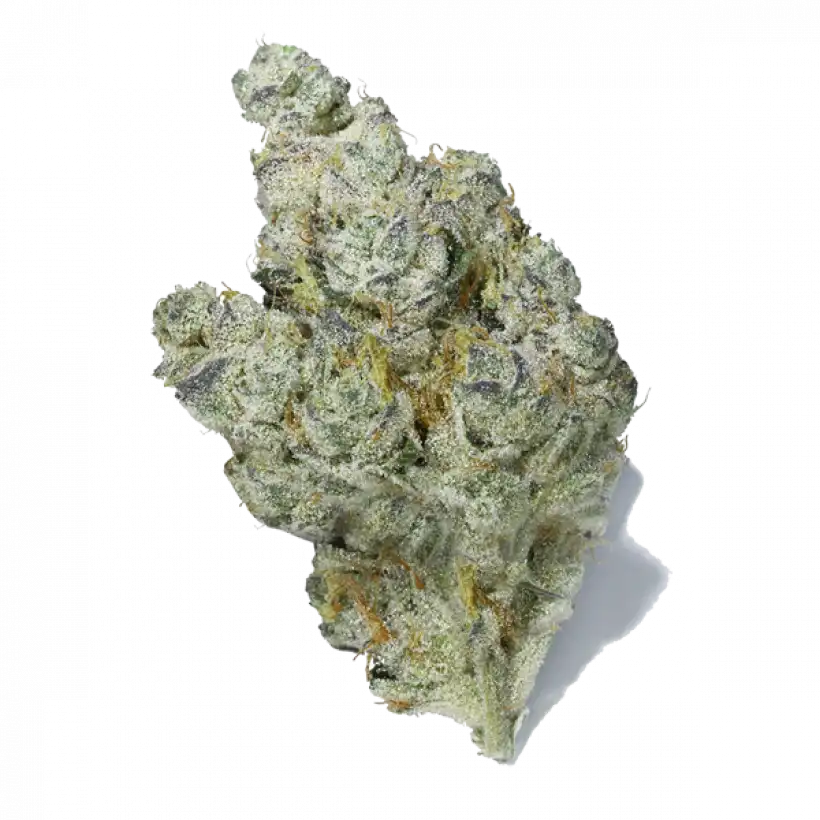
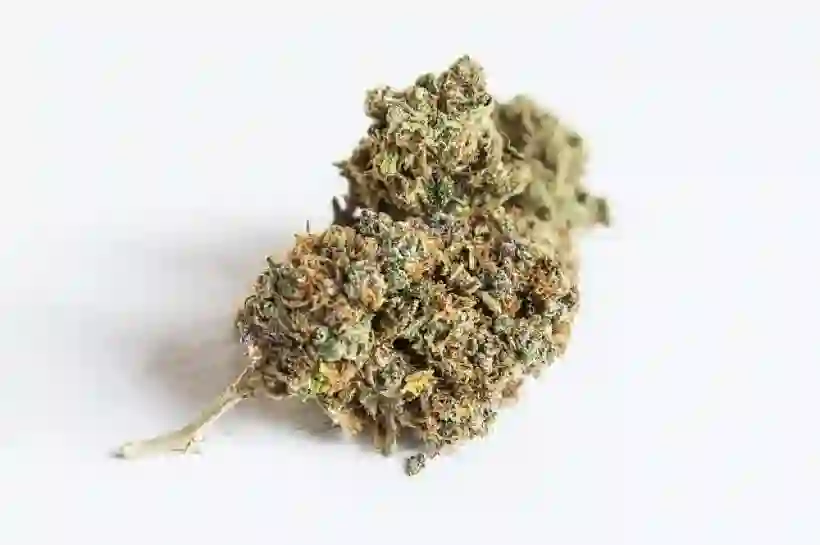

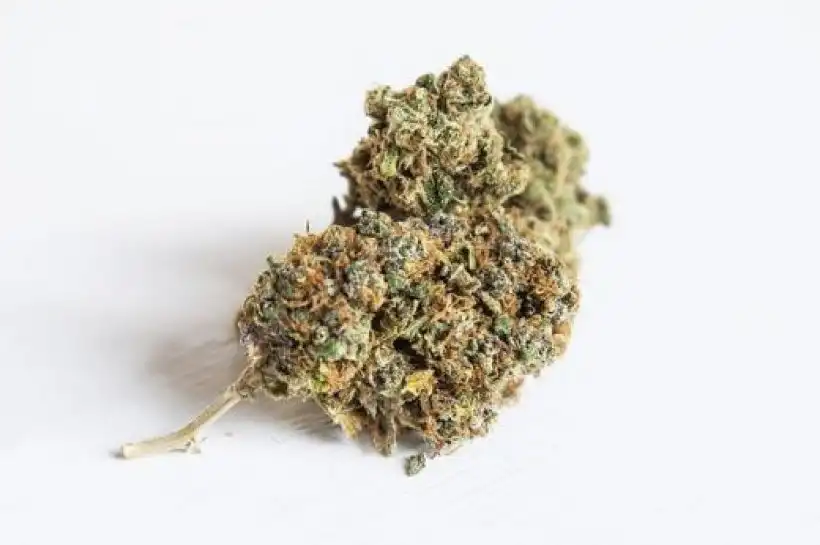

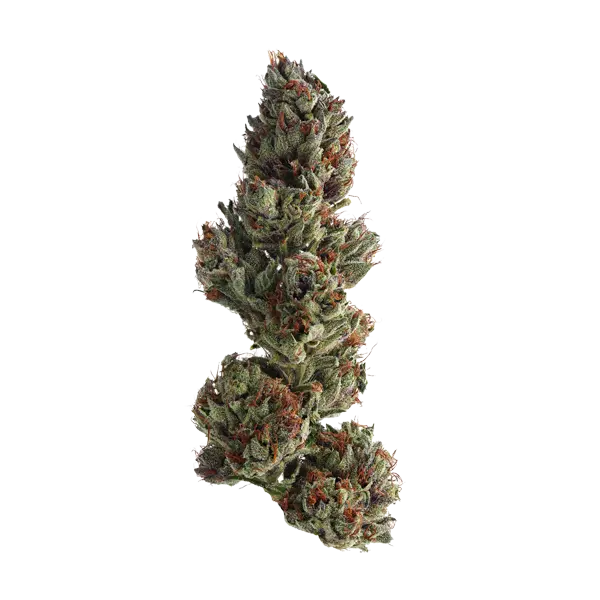
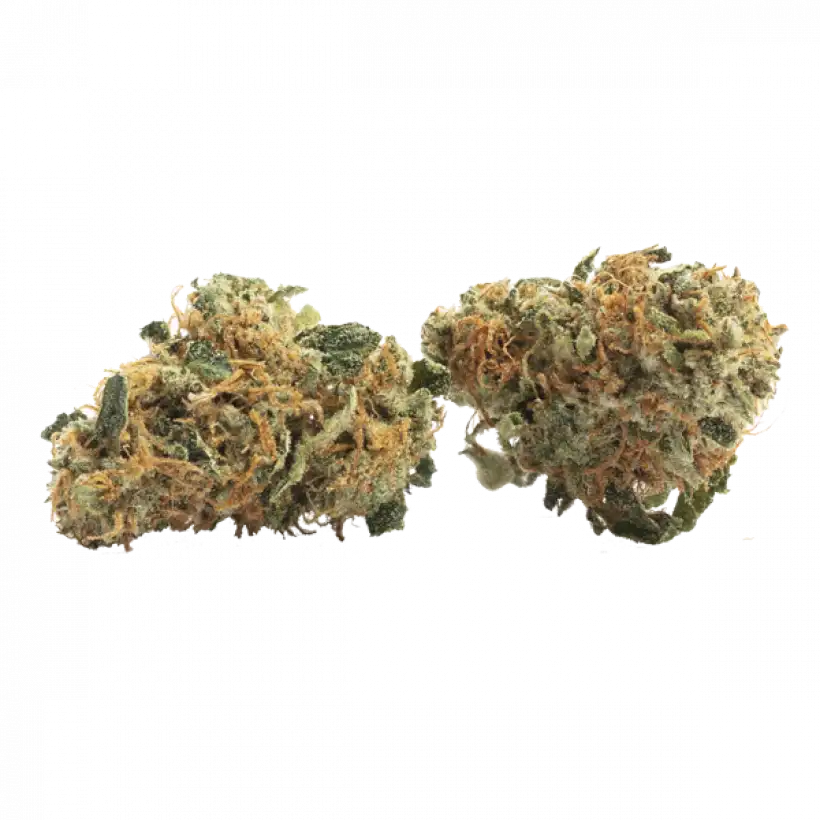


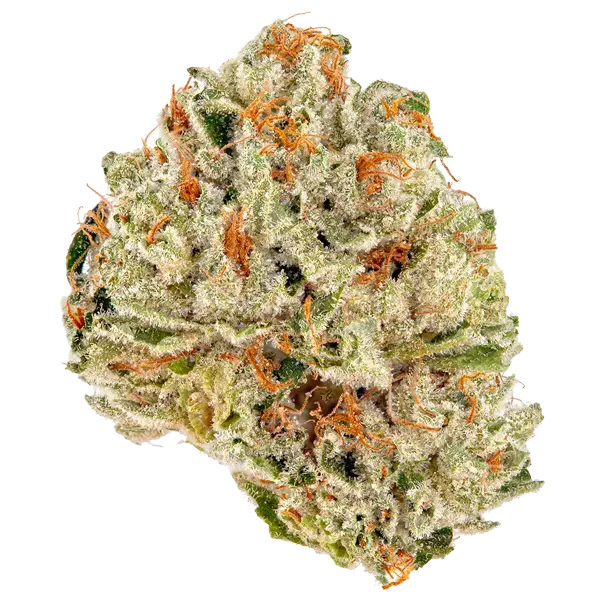
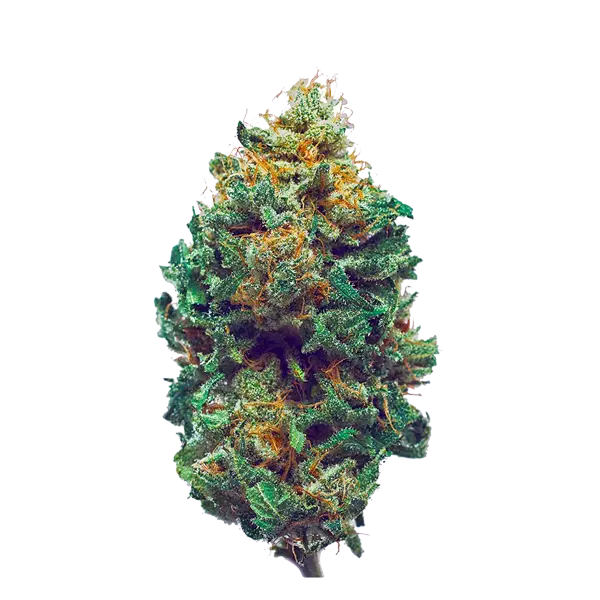
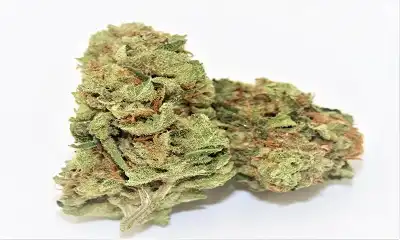
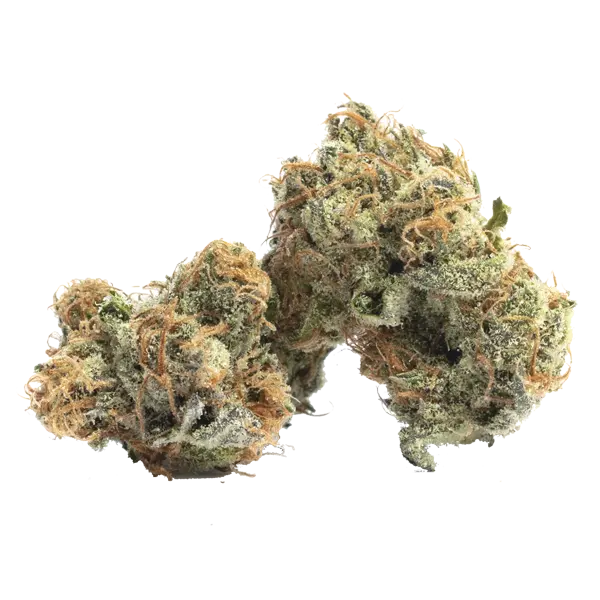
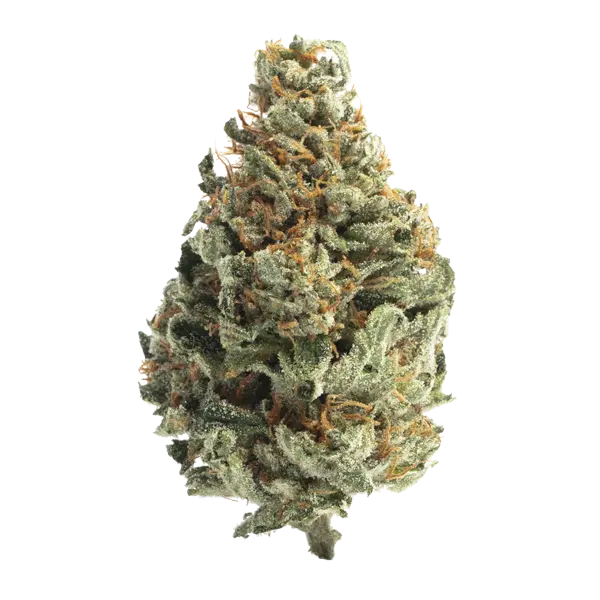
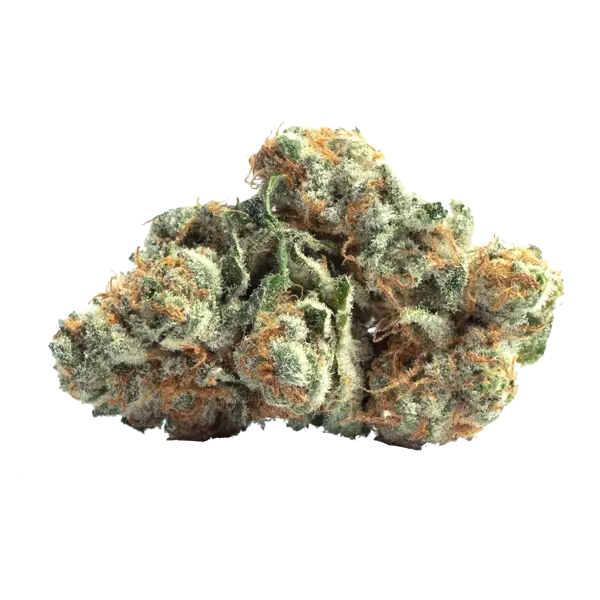
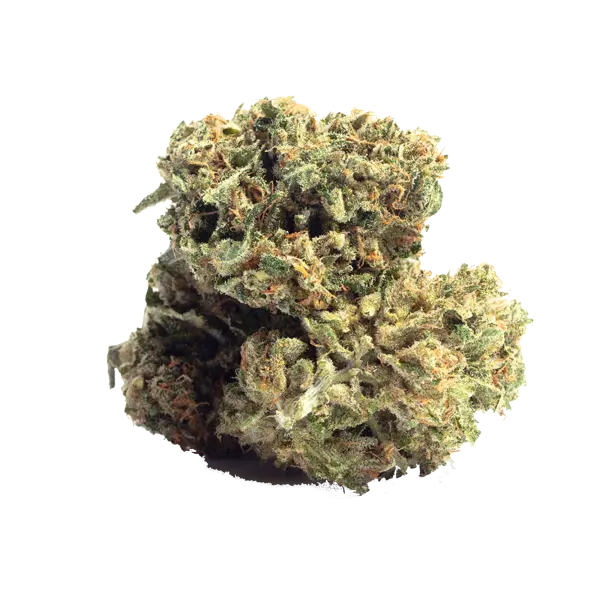
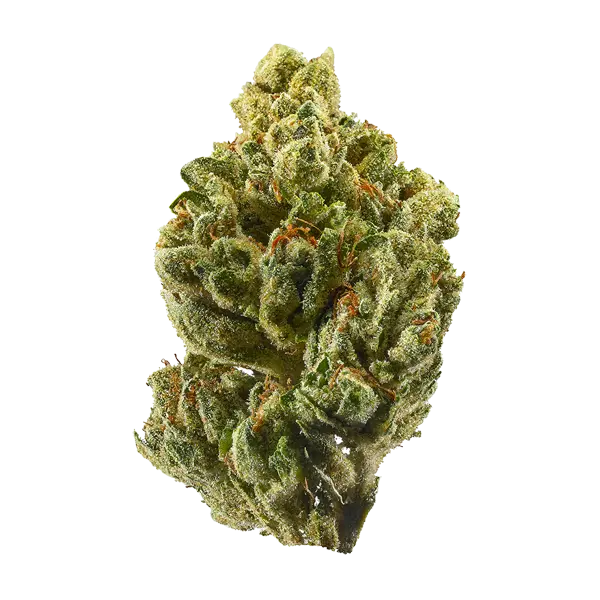
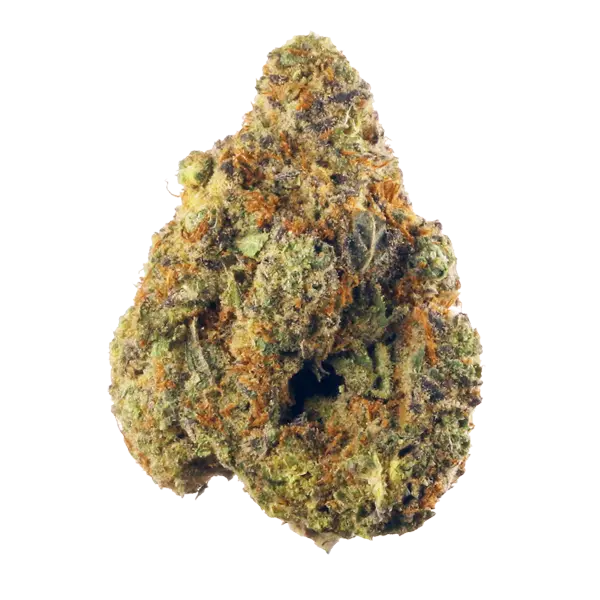
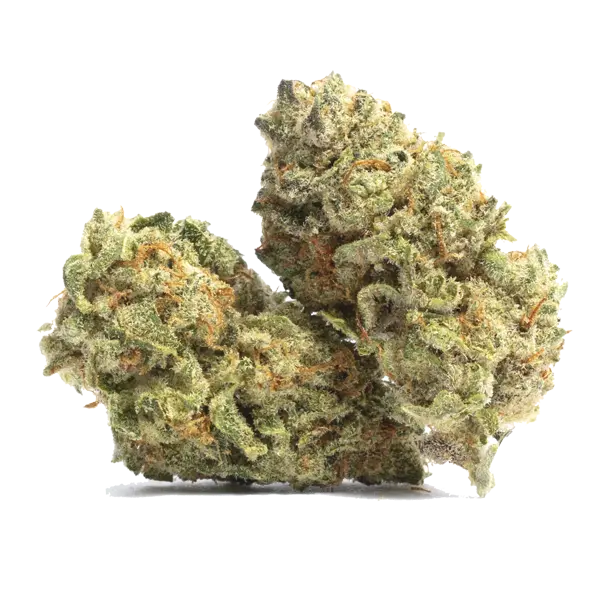
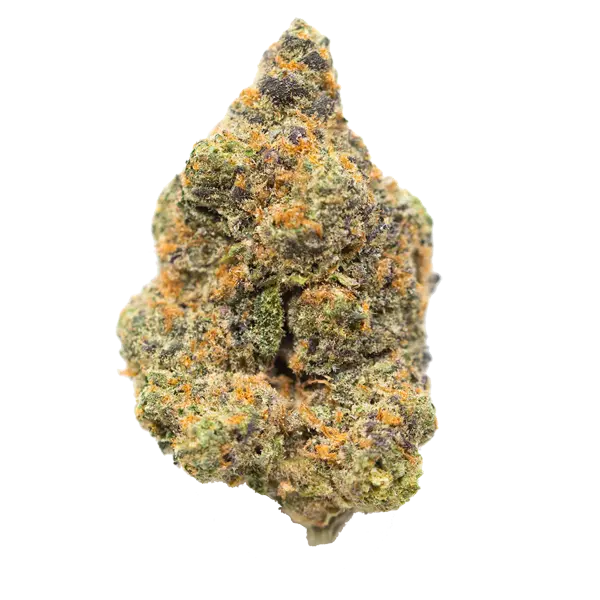

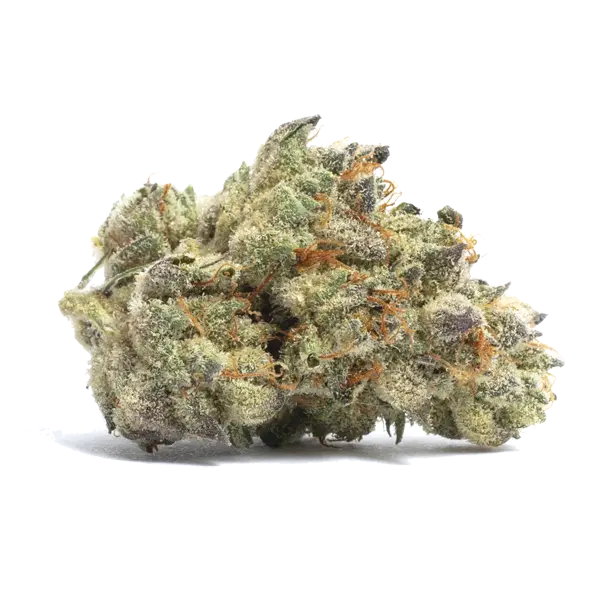
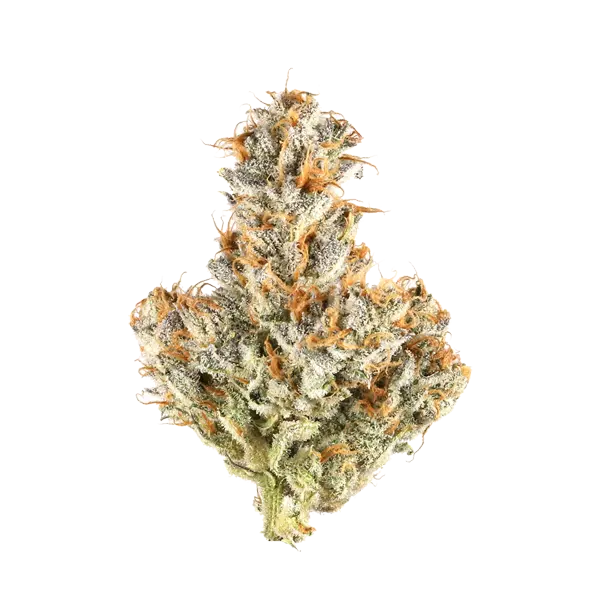








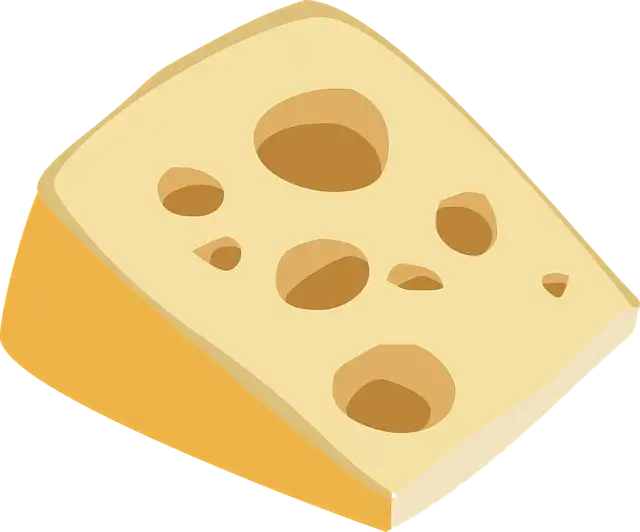

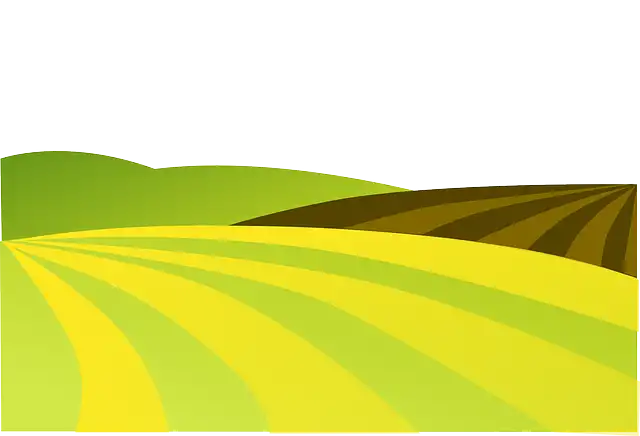
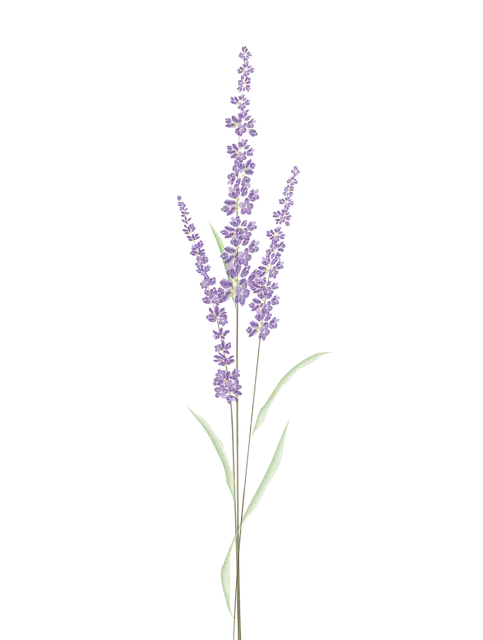
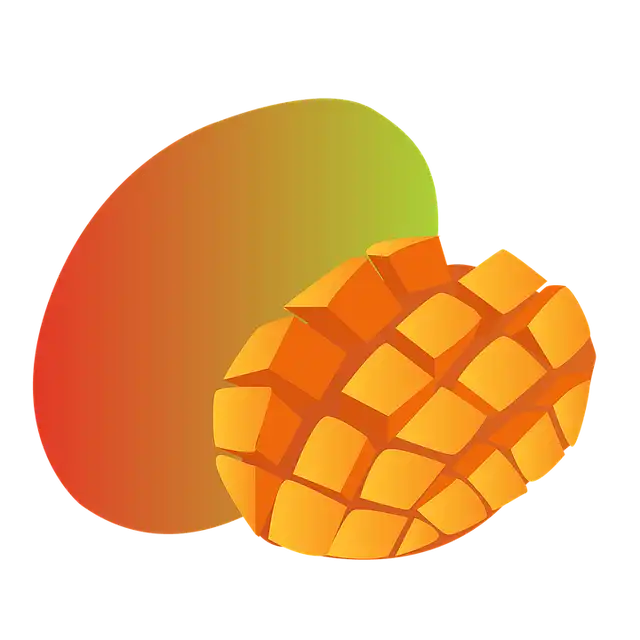
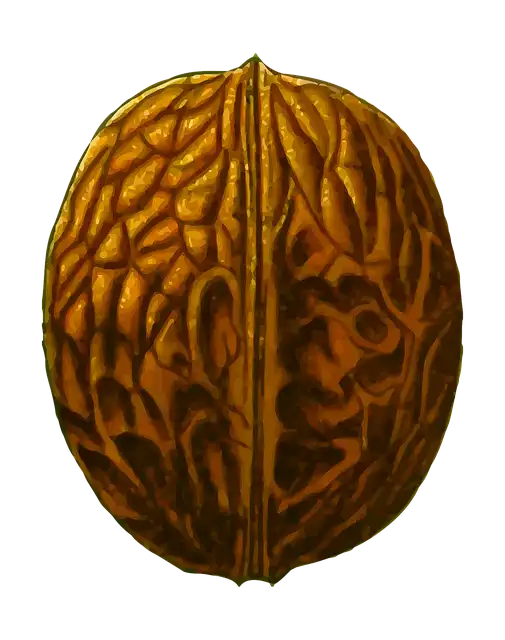
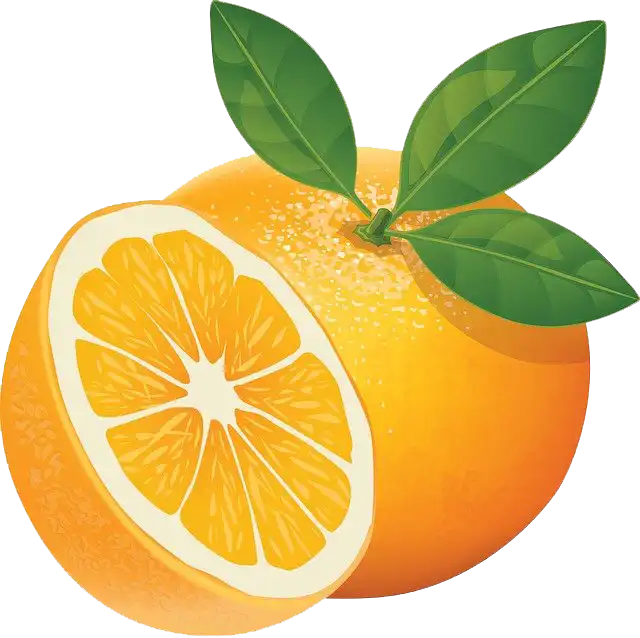
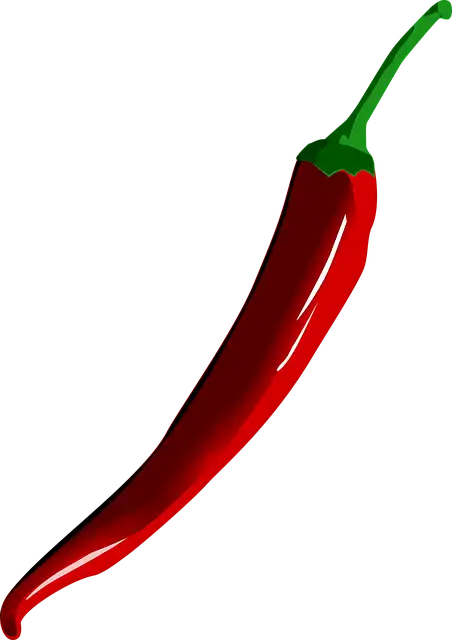
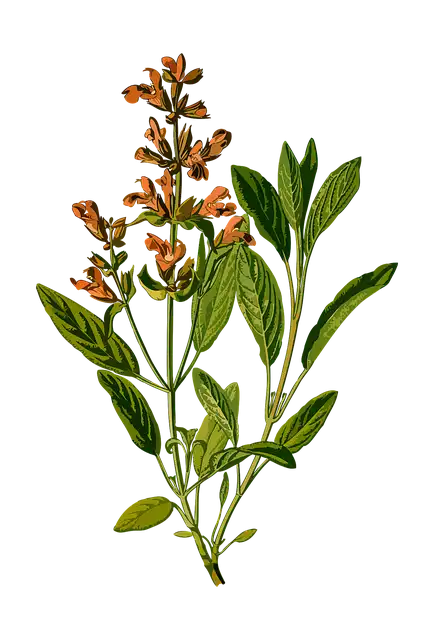

 Learning How to Grow Autoflowering Strains
Learning How to Grow Autoflowering Strains How to Prevent And Treat Nutrient Deficiencies In Cannabis
How to Prevent And Treat Nutrient Deficiencies In Cannabis








